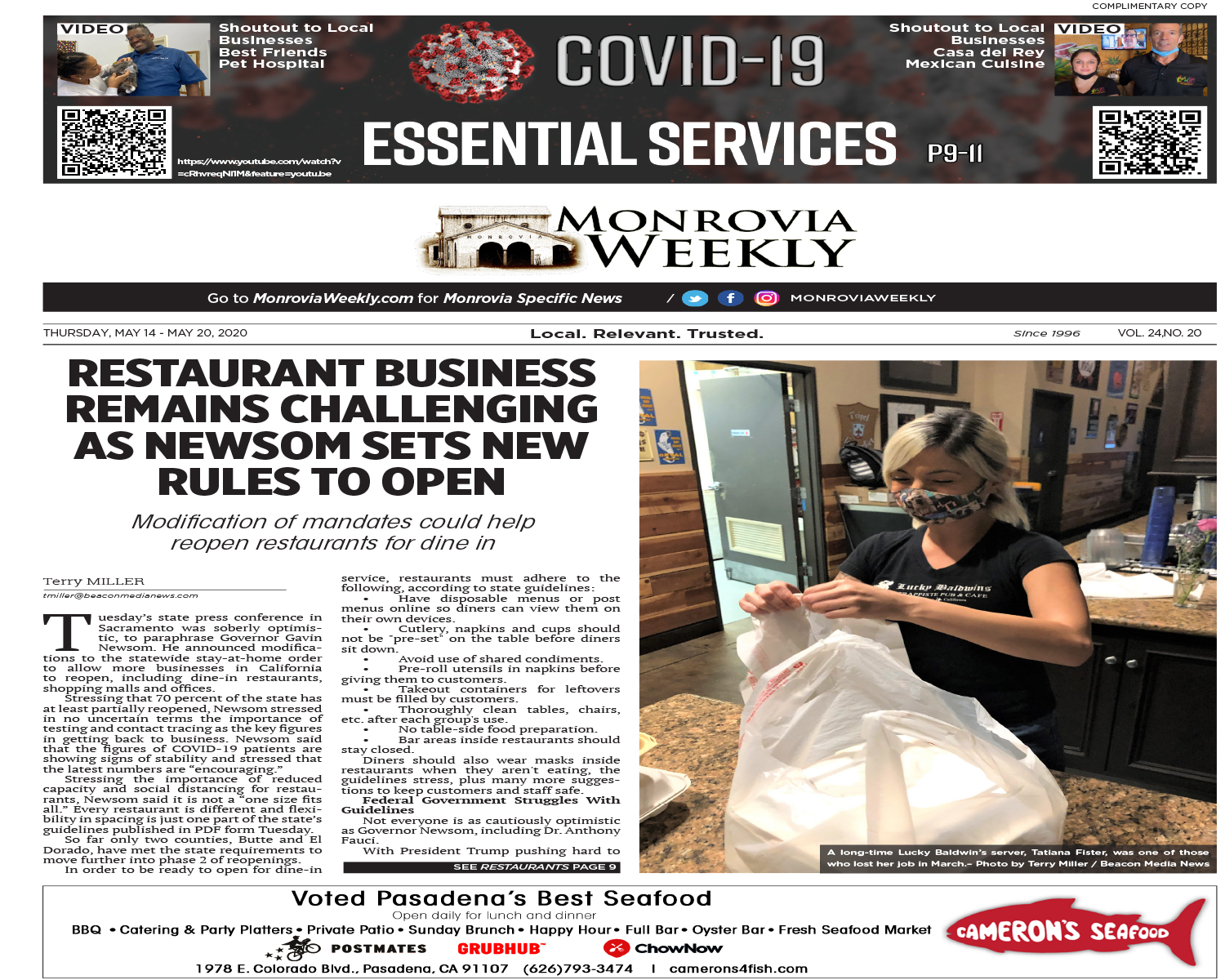
By Terry Miller
“Amidst the COVID-19 outbreak, people across the globe are being urged to work from home in an attempt to stop the spread of the virus. We have to re-think how we communicate with our colleagues to ensure continued performance and, importantly, morale,” this, according to Forbes.
It’s odd to think that only 57 days ago, the very word “virtual” was not really part of our lexicon and yet now, some parts of our lives appear to be computer-generated, in some shape or form.
Dentists are now offering virtual visits as are regular general practitioners. (Now, that I really like. Pain free, indeed.)
I believe we’re close to virtually not touching or seeing anyone in person, unless we absolutely have to or want to.
We have virtual meetings via Zoom or conference calls and virtual happy hours (not really sure how that works).
Virtual reality (VR) is a simulated experience that can be similar to or completely different from the real world. Applications of VR can include entertainment and educational purposes. Currently, standard VR systems use either headsets or multi-projected environments to generate realistic images, sounds and sensations that simulate a user’s physical presence in a virtual environment. A person using the equipment may be able to look around the artificial world, move around in it, and interact with virtual features or items. The effect is commonly created by VR headsets consisting of a head-mounted display with a small screen in front of the eyes, but can also be created through specially designed rooms with multiple large screens. VR usually incorporates auditory and video feedback, but may also allow other types of sensory feedback.
According to Forbes:
A video call is better than a traditional phone call. However, VR still has advantages over video conferencing because the participants are in the same virtual space. Therefore, you can share and work together in real-time in a truly collaborative manner. You can import custom environments or 3D objects, and you can work together via interactive whiteboards. Participants can also revisit simulations to better process and record the content.
An additional benefit of VR is that all distractions are removed and people can be fully focused on what is happening around them. In fact, MeetinVR claims that there is a 25% increase in attention span when meeting in virtual reality compared to video conferencing. Furthermore, research suggests we retain more information and can better apply what we have learned after participating in virtual reality.
Historically, high quality VR has been expensive but Facebook released a VR headset, Oculus Quest, which is more affordable.






